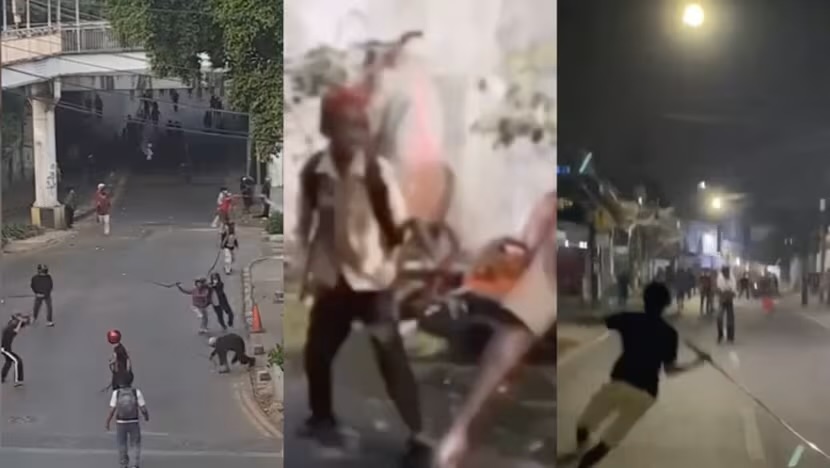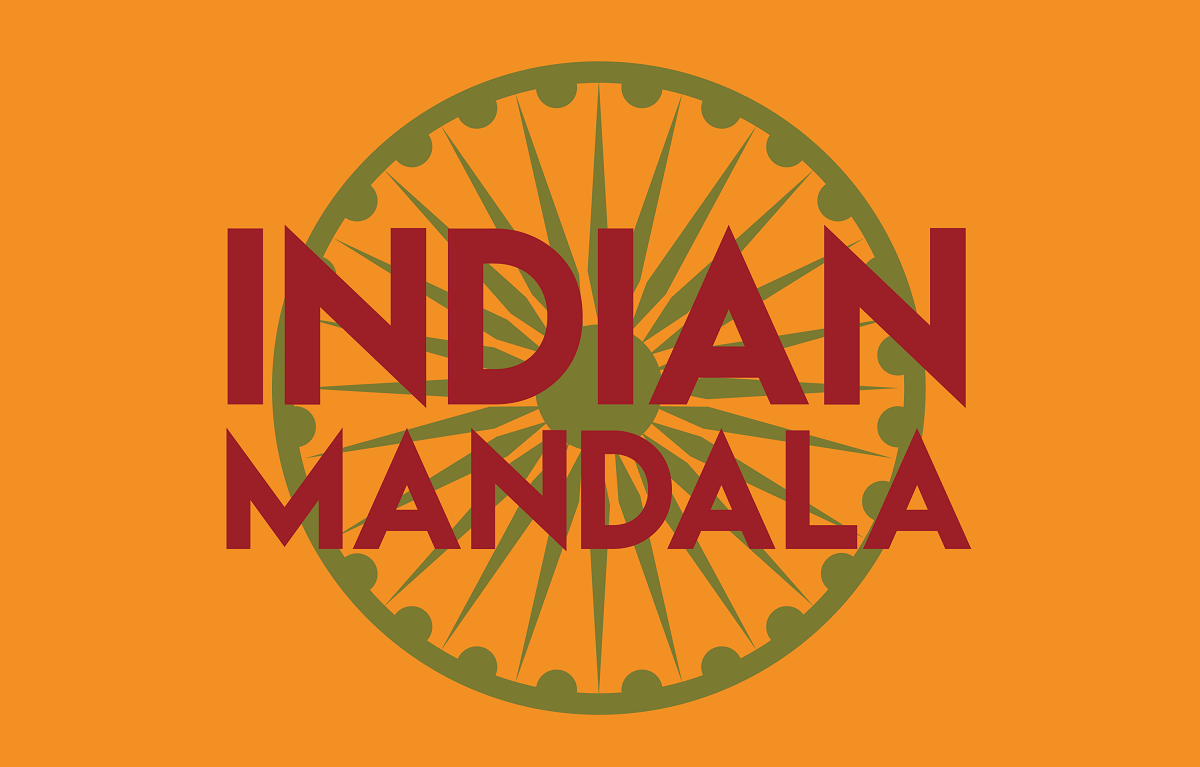Jakarta, alarm over gang clashes: Primary school children involved
Violence is on the rise and increasingly involves younger participants, including children from primary schools. Authorities have so far responded with limited action, while social media platforms continue to amplify the phenomenon. Many of the confrontations are sparked by trivial reasons. Among the underlying causes are growing frustration and aggression during childhood and adolescence.
Jakarta (AsiaNews) – Violent, unpredictable, and highly dangerous for those involved as well as for social cohesion as a whole, gang clashes between youths are becoming more frequent, and the age of those taking part is alarmingly low — now including even primary school pupils.
What had been a muted response has taken on a more urgent tone after social media circulated a video showing a confrontation involving around twenty very young pupils (aged 10–11) from two separate primary schools.
The rival groups clashed at the end of the school day in Depok, a city in the Jakarta metropolitan area. According to some sources, the violence stemmed from one group mocking the other for insignificant reasons.
Despite growing pressure from various quarters, authorities have yet to implement a formal action plan. Proposals so far include increasing police presence in schools or promoting sports activities to channel young people’s energy in a more positive direction. Some suggest spreading values of cooperation and healthy competition.
Earlier this month, social media also reacted with alarm to the death of a secondary school student during a gang clash between two schools in Java. At the same time, in Southeast Maluku, two more youths were killed and at least ten others injured in a fight involving air rifles, arrows, and machetes.
These incidents are not entirely new in the vast Indonesian archipelago, where competitiveness and a strong group identity are long-standing cultural traits, with the first reported fatal case of such violence dating back to 1968 in Jakarta.
What is particularly concerning today, however, is the very young age of those involved, as well as the often trivial nature of the disputes. Experts attribute this to rising frustration and aggression during developmental years, combined with early exposure to the idea that even minor disagreements can or should be resolved through violence — potentially even deadly violence.
Another key factor is the lack of strong legal deterrence: while fights involving weapons can be prosecuted, bare-knuckle brawls — even when violent — are often dismissed as mere quarrels. Experts, including sociologist Bagong Suyanto of Airlangga University in Surabaya, also highlight that such clashes have now entered the school environment, whereas in the past they were mainly confined to neighbourhood or community disputes.
Improved transport and communication systems also play a role in spreading these conflicts geographically, allowing them to erupt far from their origin points and with increasing frequency. Finally, it is worth noting that these incidents often — though not exclusively — occur in less affluent communities with limited access to education and employment, suggesting that any real solution must involve strong political will to address the root causes.







.png)










